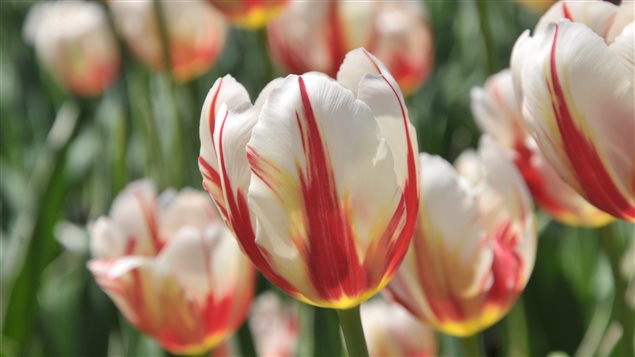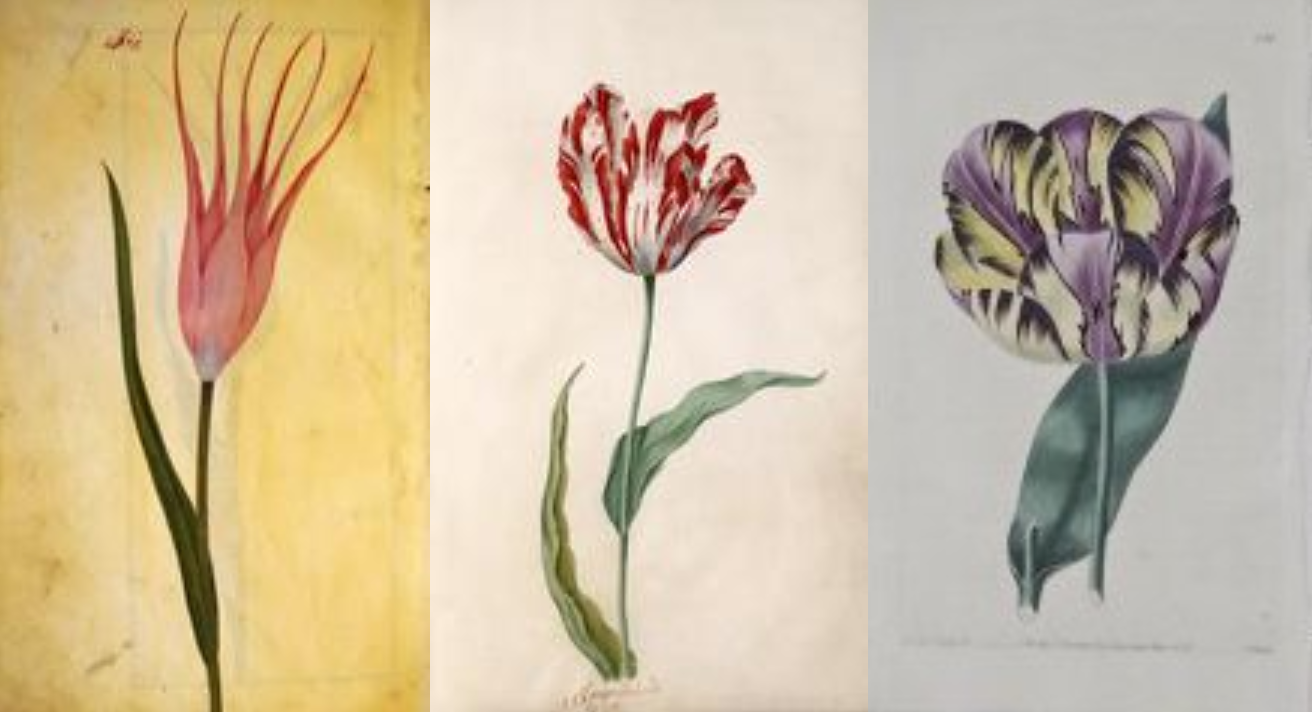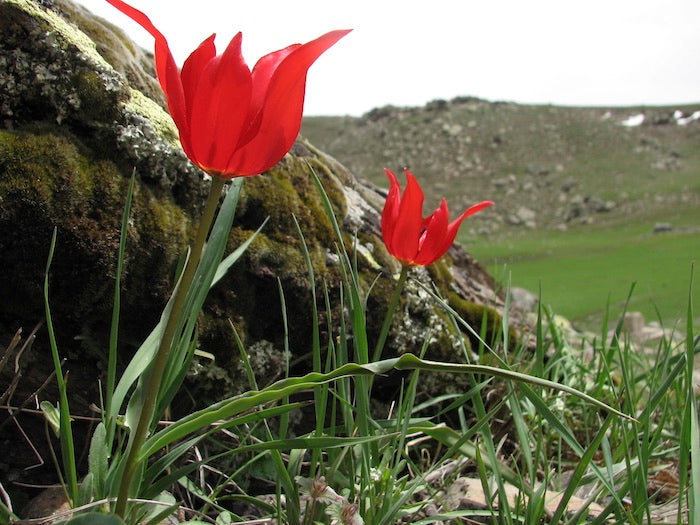
What Are The Origins Of Canada's Tulip Festival?

This week's #TulipFact: The Canadian Tulip Festival traces its origins to World War II. Forced to flee the invaded Netherlands, the Dutch royal family was granted residence in Ottawa, and Princess Margriet was even born there! As a thank you, the Dutch sent tens of thousands of Tulip Bulbs to Canada in what would become an annual tradition that continues to this day, including the above-pictured "Canada 150" or "Maple Leaf" Tulip for Canada's 150th birthday in 2017:
World War II was perhaps the darkest time of the Twentieth Century. Millions of lives would be lost in battles spanning nearly every continent, and chaos and despair reigned supreme. In mainland Europe, nations fell one by one - caught off guard by the strength and ferocity of German 'blitzkrieg' attacks.
The Netherlands, whose entire eastern border faces Germany, found themselves one of the first in line for this brutal assault. On May 10, 1940, the German army invaded without a formal declaration of war. Dutch forces were heavily outmanned, but were able to hold out long enough for the royal family to flee - an event that would allow the Dutch to avoid surrender, and therefore remain a formal combatant in the war.
In need of support and a place to stay, Princess (and future Queen) Juliana was taken in by the Canadian government, along with her daughters Beatrix and Irene. There, they would spend the next five years, which included the birth of Juliana's third daughter - Margriet. In order to ensure Margriet's Dutch citizenship, the maternity ward of Ottawa Civic Hospital was temporarily declared "extra-territorial" by the Canadian government. As a result, Margriet's citizenship was solely influenced by that of her mother - Dutch.
To commemorate her birth, the Canadian Parliament even flew the Dutch flag over Peace Tower, the only time in history that a foreign flag has flown over the Canadian Parliament building.
In 1945, following the beach-landings of D-Day and the subsequent advancement into Europe, it would be the First Canadian Army that led the liberation of the Netherlands. There, they would find many parts of the country starving - having been cut off from food supplies by German forces. They responded by rapidly distributing food and supplies, including through airdrops by the Royal Canadian Air Force, causing many Dutch to see them not only as liberators but as saviors.
Following the war, the Dutch people wanted to thank Canada for its incredible help and support, and sent tens of thousands of Tulip bulbs to Ottawa. This would be supplemented by one hundred thousand more sent by the Dutch royal family. The following year, Juliana sent another ~20,000 bulbs with a request that a display be created for the hospital where her daughter was born, and promised to send 10,000 bulbs more bulbs each year in what would become an annual tradition.
In Canada, the donations culminated in the launch of the Canadian Tulip Festival, an annual springtime festival during which Tulips are in bloom all over Ottawa. A major annual event, this festival claims to be the largest in the world, displaying over one million Tulips in a variety of shapes, colors, and sizes.
In 2016, the Dutch went a step further and unveiled the "Canada 150" or "Maple Leaf" Tulip (pictured above). Selectively bred to resemble the Canadian Maple Leaf flag, it became the official Tulip of the nation's 150th anniversary. Over 200,000 would go on to be planted for the 2017 Tulip Festival.
Image source: Canada's National Capital Commission

